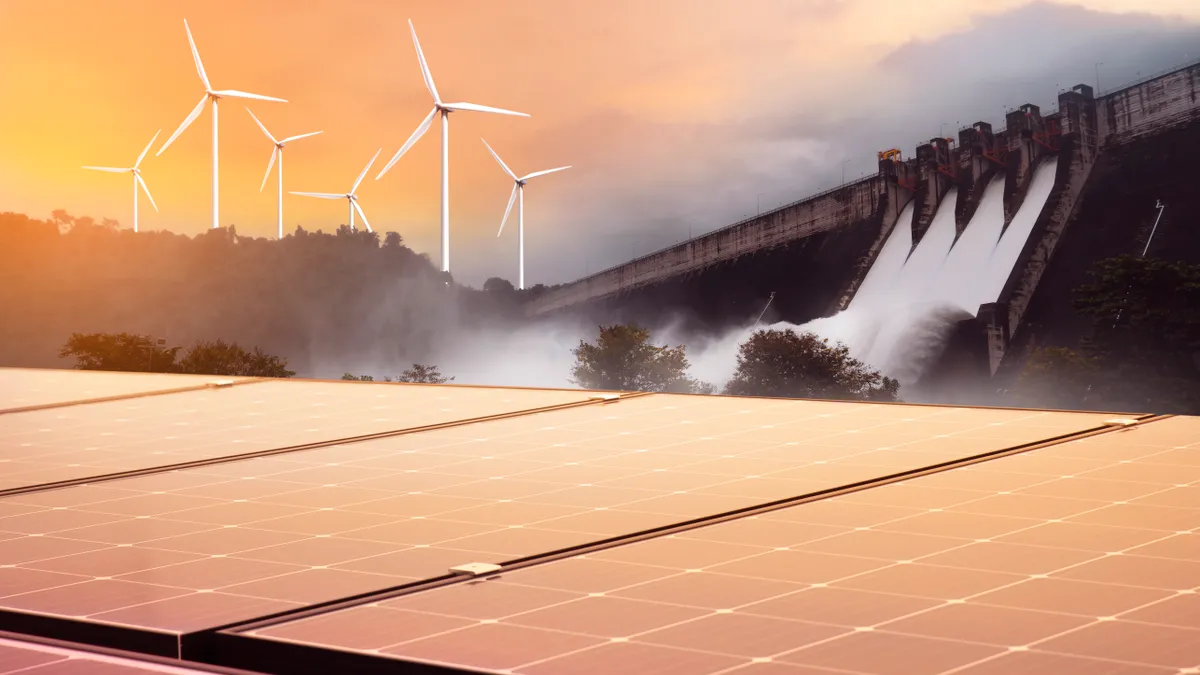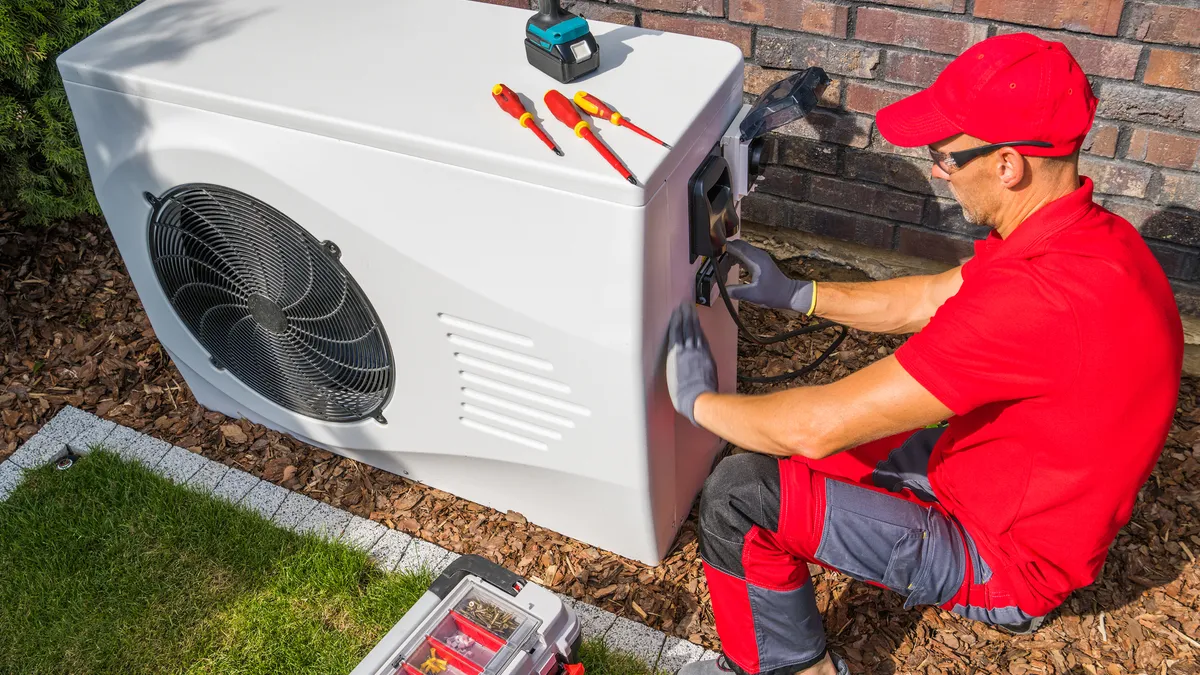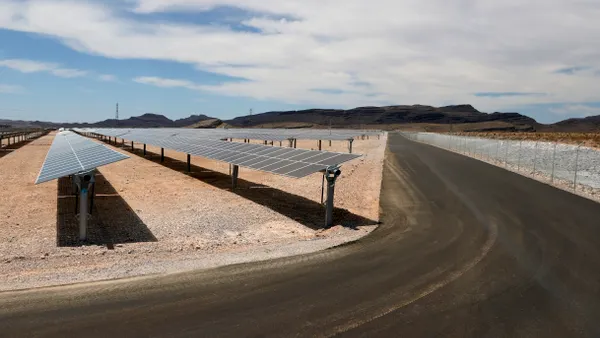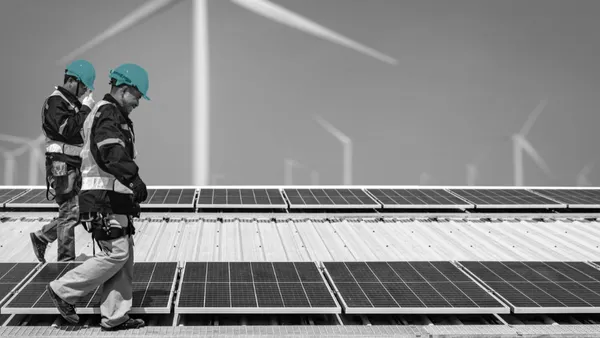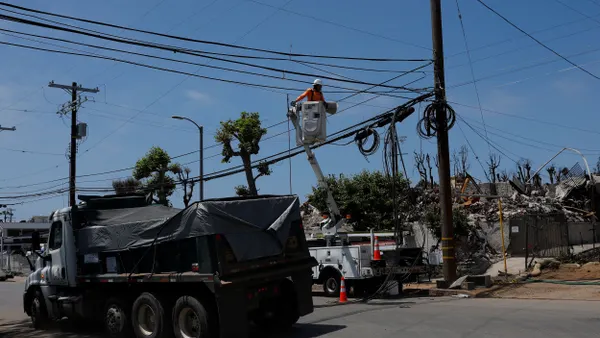Dive Brief:
-
Some states in the PJM service territory may be unable to meet their renewable energy goals because of the RTO’s lengthy interconnection queue, according to a report released last week by the Natural Resources Defense Council.
-
Certain kinds of renewable energy, including offshore wind and smaller-scale solar projects, will be more affected by queue delays than others, the NRDC analysis said.
-
PJM itself says the RTO has implemented steps to speed the interconnection process and that the delays cannot be exclusively attributed to the RTO. However, the NRDC argues reforms already in place will not be enough to help some states achieve their clean energy goals.
Dive Insight:
While some PJM states are already well on their way to meeting their clean energy targets, others—such as Illinois and Maryland —could fall short of their goals as projects become mired in lengthy interconnection queues at PJM, according to the NRDC report.
Interconnection delays have become commonplace throughout the U.S. According to the Lawrence Berkeley National Laboratory, the capacity of renewable energy in interconnection queues around the nation now exceeds the capacity of the entire U.S. grid, with most projects waiting five years for interconnection approval. NRDC wanted to study the impact of delays in PJM in particular because the PJM Interconnection has some of the longest queue times, said Dana Ammann, a policy analyst for the NRDC.
Ammann said interconnection delays have become a concern even in states like Delaware, which are on track to meet their goals in spite of long queue times. Many of these states achieve their goals by narrow margins in the NRDC analysis and could still fall short in the event of unexpected distributions, the report said. Ammann also noted that most states have demand for energy above and beyond their own renewable energy goals as a result of voluntary corporate targets. Interconnection delays could put these corporate targets in jeopardy even in states where the baseline statutory goals are met, she said.
The report also identified disparities in how different kinds of renewable resources are impacted by interconnection delays, Ammann said. Smaller-scale solar projects and offshore wind are particularly likely to see delays. For example, some of the first offshore wind projects in the U.S. are expected to come online by 2026, but their position on PJM’s schedule would push these projects back to 2028, Ammann said.
“I think it’s incredibly important to be transparent with the public” about those delays, Ammann said, “because we expect this to be a huge portion of the clean energy resources that are going to be available.”
PJM spokesman Jeffery Shields noted that PJM has implemented reforms that will begin this summer and will help to speed the interconnection process. He also said that there are 44,000 MW of “mostly renewable generation resources that have cleared the PJM study process but have yet to be built due to factors unrelated to PJM, including supply chain and siting.”
Ammann and Joel Harrington, director of public policy and institutional affairs for the northeast region for energy developer Enel North America both acknowledged that PJM has taken steps to reduce the backlog. However, they both said the current strategies will not be enough to move projects through the queue in time to meet their goals.
Harrington agreed with PJM’s assessment that other issues need to be addressed with the interconnection backlog, especially state siting processes. Various states, local authorities and utilities all have their own permitting and interconnection procedures; as a result developers have to contend with a patchwork of moving targets that can sometimes interfere with one another.
Harrington said he is aware of projects that have run into delays when state environmental agencies delegate authority to local authorities that don’t have sufficient technical expertise to evaluate renewable energy projects. Other developers, he said, have had projects delayed when supply chain issues forced them to change the plans for their project, triggering new reviews of their permits and years of additional delays.
“We can have all the renewable portfolio standards and all the tax credits the industry needs,” Harrington said. “But if we can’t interconnect and we can’t build, we can’t take advantage of those policies that are trying to be the engine of the renewable energy industry.”


